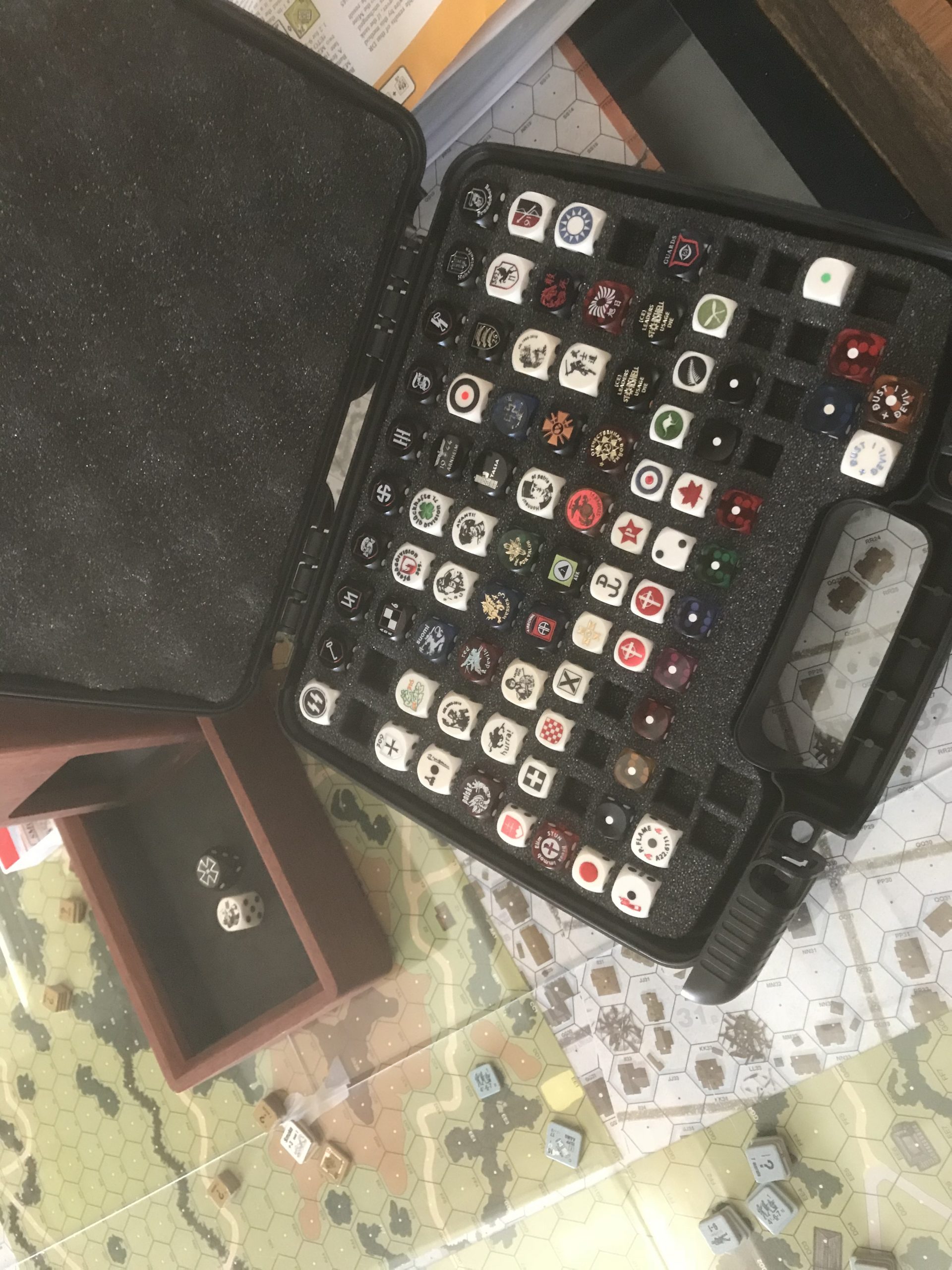

The PD+ yellowish to pale orange medullary reaction reported by Goward (1984) has not been confirmed in more recent material (COSEWIC 2006y). Color tests: K+ yellow (cortex and medulla). Chemistry: atranorin, zeorin, fatty acids. Spore-producing structures (apothecia) urn-shaped, near the lobe tips, with prominent flaring rims producing powdery asexual propagules (soredia) on their inner surface. Lower surface of thallus white, appressed-cottony and unevenly thickened, with strut-like extensions of the lower cortex protruding into the medulla. Upper surface of thallus strongly convex, pale greenish white but discolouring to bluish black, often bearing scattered whitish spots (maculae). Lobes thin, stiff, short to elongate, separate to loosely overlapping, 1-2 mm wide, with long thin cilia along the margins. Thallus foliose, semi-erect, cushion-forming, about 2 cm across. sitchensis are formed within immature apothecia on the upper surface of the tips (Stone et al. Physcia adscendens is similar, but its marginal cilia are not branched, its lower surface is corticate, and its soralia are formed on the lower surface below the lobe tips, whereas those of H. It also has no lower cortex (Stone et al. sitchensis can be distinguished by the presence of irregularly branched marginal cilia and tiny urn-like structures (aborted apothecia) which contain ring-shaped soralia near the lobe tips (COSEWIC 2006, Stone et al. Thallus foliose, tiny (<2 cm diam), whitish gray to pale greenish gray, sometimes discoloring to blue black, lobes suberect, mostly 1-2mm wide, with marginal cilia soredia present in urn-shaped lobe tips lower surface white, partly or wholly lacking a cortex, apothecia occasional, becoming sorediate on the margins cortex K+Y medulla K+Y, P+Y (atranorin and zeorin) (McCune and Geiser 2009). A sixth checklist of the lichen-forming, lichenicolous, and allied fungi of the continental United States and Canada. BC Conservation Data Centre: Species SummaryĮsslinger, T.L.


 0 kommentar(er)
0 kommentar(er)
